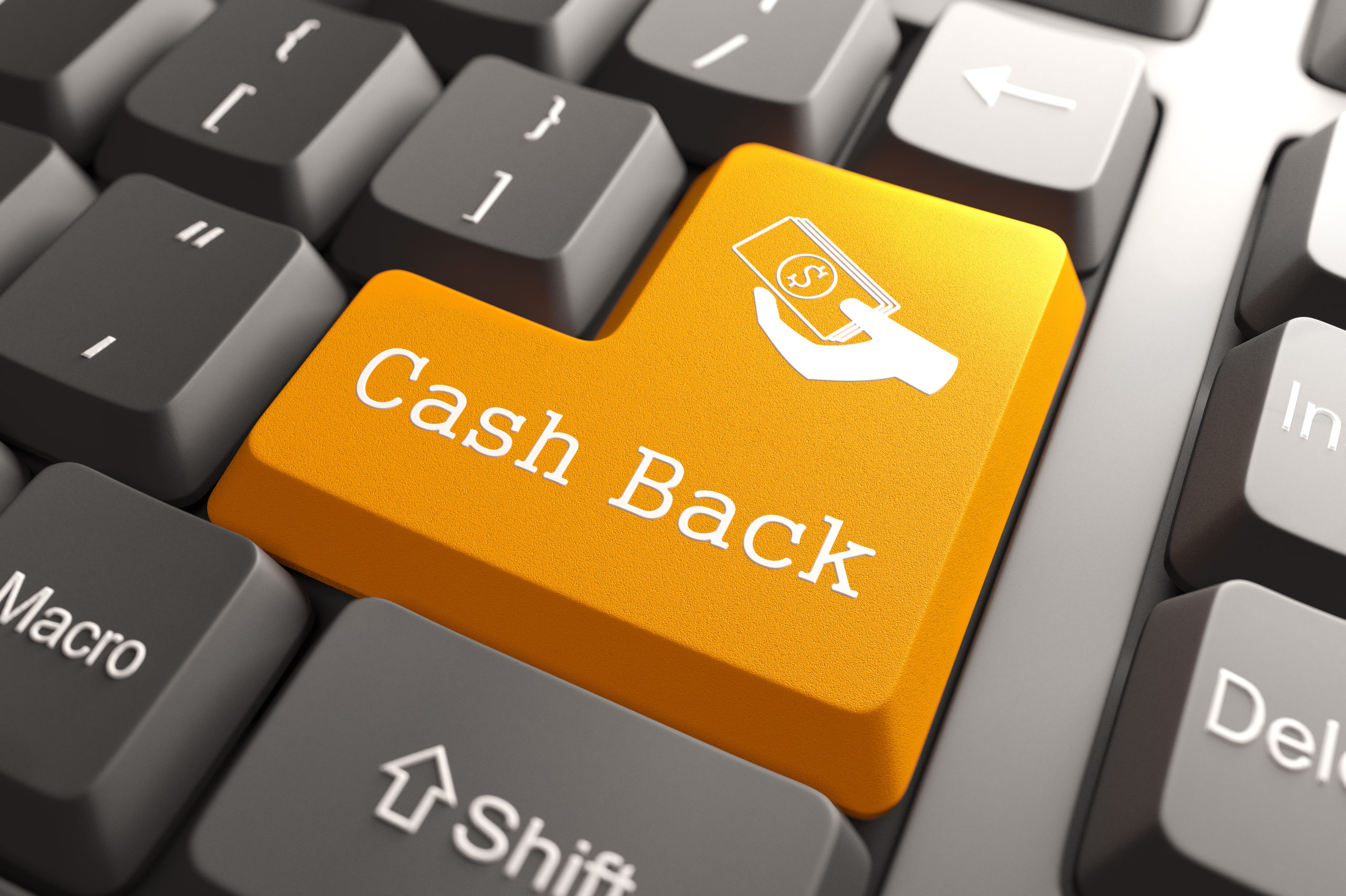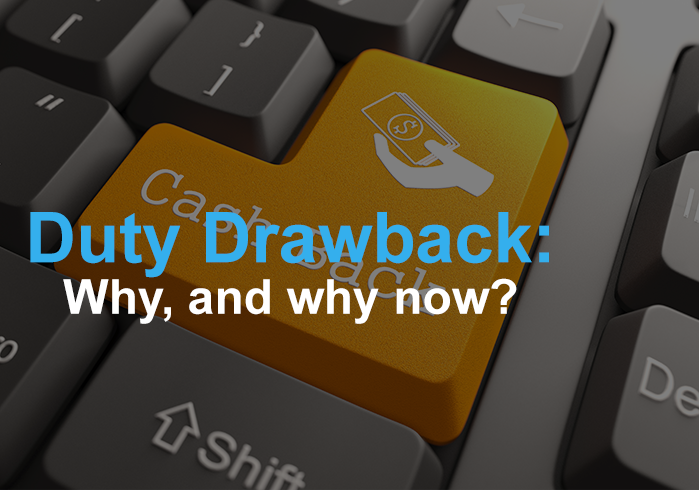
The duty drawback was established in 1789 to provide an incentive for innovation and manufacturing in the USA. The program continues today, albeit after some revisions to ensure US supremacy on the global market. It is a Customs and Border Protection (CBP) program that involves a refund of up to 99% of all taxes, fees, and duties that were previously levied upon imported merchandise.
Nevertheless, the duty drawback remains a complex structure that businesses must navigate before enjoying its benefits. The services of a reputable drawback broker are a must because of the challenging local and international rules. This article summarizes the key facets of the drawback program today.
What is the duty drawback?
The strategic use of drawback can significantly benefit importers because it allows for monetary rebates of selected goods that have been imported into the USA via CPB. The refund is triggered if these goods are then exported afterward. The eligibility criterion includes manufacturers, exporters, and importers.
Congress reconfigured the original law in 1980 to allow for recovery of up to 99% of fees, duties, and taxes. This happens if the merchandise has been destroyed or re-exported within 3 years from the date it first entered the USA. On the 24th of February 2016, Public Law 114-125 was signed by the President of the USA.
The new duty drawback law is referred to as the “The Trade Facilitation and Trade Enforcement Act of 2015,” HR 644 (TFTEA). This act expanded opportunities for drawbacks in virtually every sector of the US economy. For example, claims could be filed as far back as five years.
The process was further simplified starting on February 24, 2018. This amendment aimed to reduce the use of paperwork and to streamline processes, and therefore rationalize costs. It is important to note that since February 24, 2019, TFTEA requires that all drawback claims be filed.
Why is the duty drawback happening now?
The drawback is a great way to control the costs of importing and exporting. Many duties kill innovation, and the drawback is an attempt to address this problem by encouraging companies. The process may also produce new entrepreneurs in America who are looking to expand trading opportunities, even if they rely on cheap imported components.
The drawback can be said to expand trade opportunities, by encouraging the inflow and outflow of merchandise in the USA. For American companies, it offers the possibility of becoming more competitive without being mollycoddled by protectionism. Electronic filing is one of those innovations that have made drawback processing much easier and attracted importers and exporters who might have otherwise ignored the program. In an age where the environment is important, paperwork reduction is a welcome development.
The key qualifications for filing are as follows:
- An importer who exports or destroys
- An importer who manufactures before exporting or destroying
- Purchase of imported goods
- A manufacturer who exports or destroys
- Exporters who purchase a product made from imported merchandise
- Exporters who purchase duty-paid products that are not used in the USA
- Exporters of record with drawback rights
The duties and fees that can be reclaimed include marking, IR taxes, merchandise processing fees, harbor maintenance, and certain ad hoc duties. The drawback does not apply to anti-dumping/countervailing measures, agricultural quotas, and imported flour or wheat plus its byproducts. Section 232 duties on steel and aluminum are exempt.
Unfortunately, there are billions of dollars of unclaimed drawbacks. This is because of the poor sensitization within the industry and some of the complex processing rules. Hence, the need for brokers and experts to do the correct calculations.
How does it affect shipping and logistics?
The adage of “what goes around comes around” can be applied to drawbacks. There are trade wars, particularly between the USA and China. The resultant tariffs and fines have hit many industries badly. Therefore, the number of imports and exports may reduce. The implementation of a drawback program reduces the pressure and therefore increases both imports and exports.
A recent case in point is where President Donald Trump of the USA slapped tariffs of up to 50% on washing machines and solar panels. The immediate effect was a fall in demand for imported goods in that category since they were no longer competitive. The drawback is a way to mitigate some of those negative effects on costs and demand.
There have been some major changes in the drawback system which are meant to facilitate uptake. For example, there is a one-year transition for new claimants to change the statute under which they claim. Product codes have also been replaced by 8-digit HTS. Additionally, the period of claiming can be up to five years.
How can you prepare your business?
Businesses that are hoping to take advantage of the drawback program should immediately attend seminars and workshops on the topic. They can check the CBP website for further details about the latest changes to the system. Moreover, it is advisable to secure the services of a broker who is experienced in drawback claims.
Some drawback categories are more popular than others, such as the following:
- Unused merchandise: These are goods imported but not used in the USA before exported or destroyed under the supervision of CBP. Some limited operations on the merchandise can be permitted, such as testing and repacking.
- Direct identification: Imported goods that are unused and identifiable using a serial number, approved accounting method, or lot number.
- Substitution: Goods classified under an eight-digit HTSU (Harmonized Tariff Schedule of the United States) program. Starting with “other” on the HTSUS creates limitations. There are special lesser rules for allowable refunds.
- Manufacturing: Products used in manufacturing and other production that is then exported under CBP supervision. A drawback ruling may be required for eligibility.
- Rejections: When merchandise is defective and fails to meet acceptable standards, then it can be shipped back or destroyed. The same applies to shipments without consent.
Knowing the different types of drawbacks intimately can help to make the right claims at the right time.
Wrapping up
The drawback rules and regulations are meant to refund taxes, duties, and fees on products that enter the United States and are unused before they are either destroyed or exported back. Now that the time frame has been increased from three to five years, more companies should be making claims. This facility can help to make American businesses competitive on the global stage by reducing the costs of doing business.



